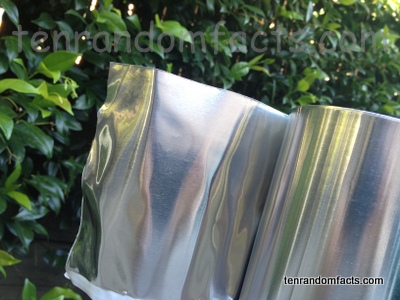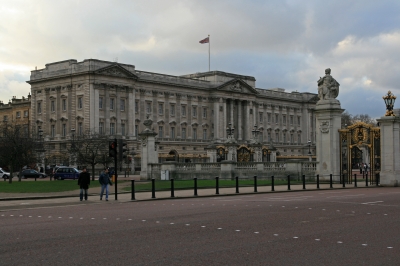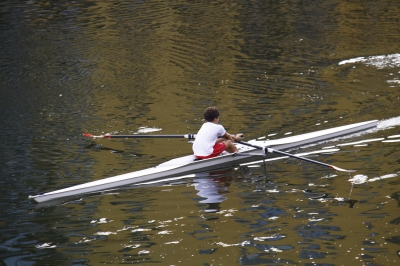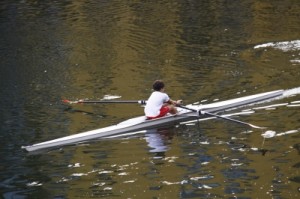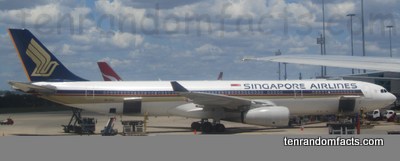
Brrrrrrrrrrrmmmmmmmmmmmmmmmm!
- An aeroplane is a winged aircraft capable of flight by being propelled by jet engine or propellers.
- An aeroplane is also known as a plane or an airplane.
- The wings of an aeroplane are designed to give lift to the plane when taking off.
- In most aeroplanes, engines are typically light piston engines or gas turbines.
- Aeroplanes are made for different purposes, including military, service (emergency, cargo, mail, etc), carrying public passengers, or for fun.
- The first aeroplane was invented by the Wright Brothers and was officially manned and flown successfully in December 17, 1903.
- The heaviest aeroplane is the ‘Antonov An-225 Mriya’ and weighs 640 tonnes .
- Aeroplanes lift off the ground and move through the air by letting off enough air to push air and gas downwards.
- The largest aeroplane is the ‘Antonov An-225 Mriya’ and seats 900 passengers.
- An aeroplane’s fuel tank capacity ranges from 45 litres to 227 124 litres (12 gallons to 60,000 gallons).




